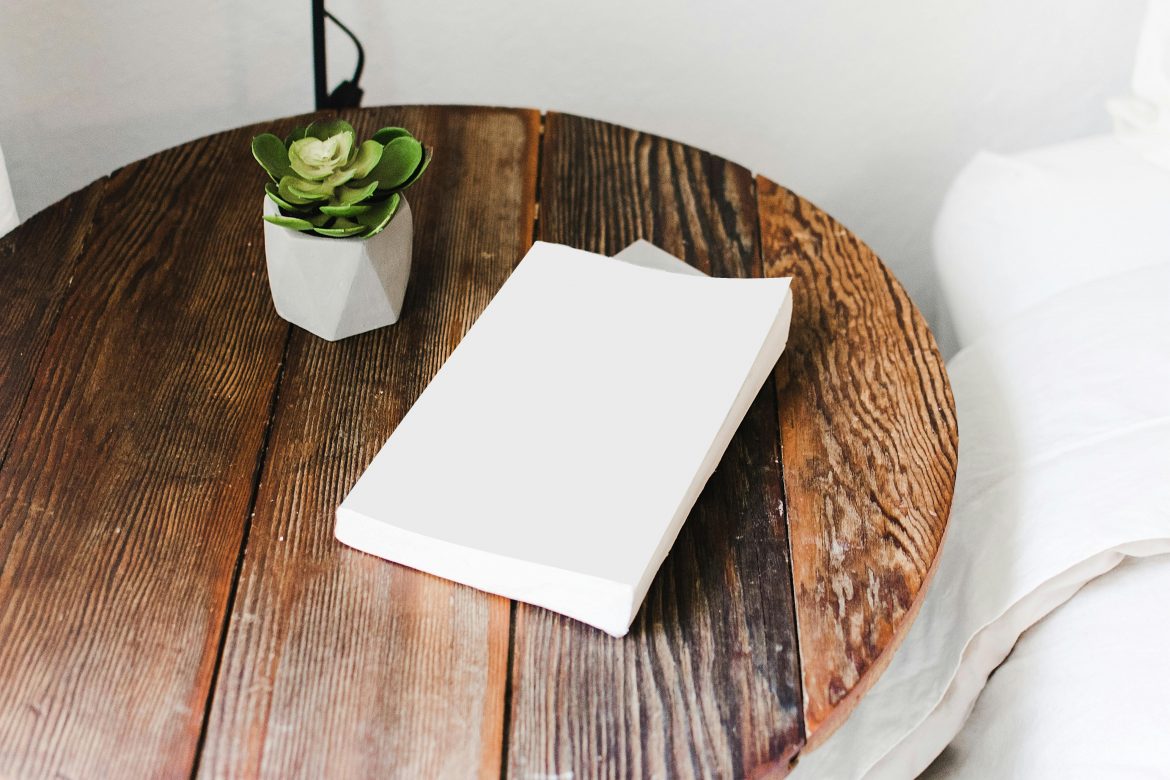Wooden furniture brings timeless warmth and character to a home, but it does require gentle care to stay in top condition. Whether you have a vintage oak coffee table, a classic sideboard, or a new wooden dining set, understanding how to clean wooden furniture properly can help preserve its natural beauty without risking surface damage or dullness.
While cleaning might seem straightforward, the wrong method or products can strip protective finishes or cause discolouration. The key lies in using the right techniques and maintaining a delicate balance between cleanliness and preservation.
ALSO SEE: Timeless interior decorating tips we should steal from our parents and grandparents
Start with dry cleaning
Before reaching for water or cleaning products, begin by dusting the piece thoroughly. Use a soft, lint-free cloth or a feather duster to gently sweep away dust and loose debris. Pay extra attention to corners, carved details and crevices where dust tends to settle.
This dry stage is crucial as it removes surface grime and prevents scratching, which can happen if you rub in debris while the wood is wet. A clean, dry start gives you a better view of any marks or stains that may need targeted treatment later.
Use a mild soap solution
If the wood is still looking dull or sticky, it’s time for a light wet clean. Mix a small amount of mild washing-up liquid with warm water to create a soapy solution. Dip a soft cloth or sponge into the water, wring it out well so it’s damp rather than wet, and wipe the wood gently in the direction of the grain.
Avoid soaking the furniture. Too much water can seep into the wood, leading to swelling, warping, or damage to the finish. As you clean, rinse your cloth regularly and be cautious around any joints or seams where moisture might linger.
Test first, then treat
Before using any new solution—whether it’s a homemade mix or a specialist wood cleaner—it’s wise to test it on a small, hidden area of the furniture. This allows you to check for any reaction or changes to the finish without risking the entire piece.
Wooden surfaces are often finished with wax, oil, lacquer or varnish, and each reacts differently to cleaning products. What works beautifully on one piece could leave another cloudy or patchy. Always spot-test and wait a few minutes to see how the wood responds.
Dry thoroughly and avoid sunlight
After wiping down with a damp cloth, go over the surface with a dry, clean cloth to remove any leftover moisture. Let the furniture air-dry in a well-ventilated space, but keep it out of direct sunlight. Heat and strong sun exposure can cause wood to dry unevenly, leading to cracks or fading.
Even when furniture feels dry to the touch, moisture can linger below the surface, especially in thicker or more porous wood. Giving it time to dry naturally ensures a better finish and helps preserve structural integrity.
Skip the vinegar and harsh chemicals
Although vinegar is often suggested for cleaning household surfaces, it’s best avoided when it comes to wooden furniture—especially if the finish is waxed or delicate. The acidity can gradually break down protective coatings, leaving the wood vulnerable and dull.
Instead, stick to mild, pH-neutral solutions or wood-specific cleaners, and never use bleach, ammonia, or abrasive substances. These may cause irreversible damage and should be reserved for more durable materials like tile or stone.
Dealing with stubborn marks
For areas with stubborn grime or residue that doesn’t lift with gentle washing, try a slightly dampened cloth with just a touch more soap, using small circular motions to target the spot. If the mark persists, very light sanding with fine-grade sandpaper might help, but this should only be done on unsealed or rustic furniture and always with extreme caution.
After sanding, the area may need to be refinished with wax, oil or polish to restore an even look. Avoid this step altogether if your piece has a delicate or high-gloss finish.
Maintain with care
Cleaning is just one part of wooden furniture care. Once your piece is clean and dry, consider applying a wood polish or wax suitable for the furniture’s finish. This can restore shine, add a layer of protection, and keep the wood looking fresh for longer.
Store wooden furniture away from heat sources and excessive humidity, both of which can cause warping or cracking over time. Regular dusting and the occasional gentle clean will go a long way in keeping it looking its best.
Preserve, don’t over-polish
While it might be tempting to clean wooden furniture frequently, over-cleaning can do more harm than good. Unless there’s a visible stain or spill, a quick dust and polish every few weeks is usually all that’s needed.
Wood, after all, is a living material. With the right care, your furniture can age gracefully, building character and charm without losing its original appeal. By using gentle products, avoiding moisture overload, and cleaning with intention, you can keep every piece in excellent shape for years to come.
ALSO SEE:
How to preserve your outdoor furniture during the colder months
Featured Image: Pexels

